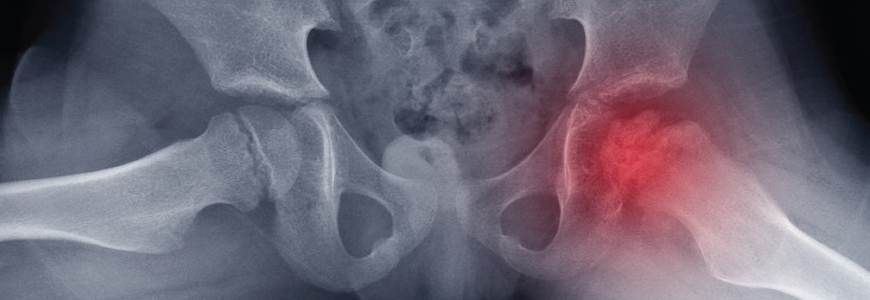Duke expanded its wide range of orthopaedic service options with the recent addition of a surgeon with international training in treating pediatric and adult patients.
Amy L. Behman, MB ChB, PhD, trained in Melbourne, Australia, at a hospital with a prestigious orthopaedic pediatric program, followed by a fellowship at the Swiss clinic where many novel hip preservation techniques originated.
Her proficiency in treating adults and children provides a unique perspective on the relationship between conditions in both populations. “A lot of the things that we see in patients in their 20s started in childhood, so being able to bridge the gap between the pediatric and adult worlds is important,” Behman says. “The conditions we end up treating with hip preservation surgery in adults are often sequelae of childhood hip problems like hip dysplasia, Perthes disease, or avascular necrosis following steroid use.”
Innovations in Hip Preservation
This perspective adds yet another dimension to Duke’s hip preservation program, which has pioneered the discipline from the outset and continues to take advantage of innovations such as advances in imaging.
Seeing patients needing hip preservation surgery in their 20s or 30s motivates Behman to explore prevention. “Part of my research focus is trying to better understand pediatric hip conditions and whether there is anything that we should be doing in the pediatric population to prevent them from developing issues in adulthood,” Behman says. “For example, with Perthes disease, it is important to recognize it early and give the hip as much support as you can during the course of treatment.”
But her pediatric proficiency extends well beyond hips. “In pediatric orthopaedics, I have broad subspecialty expertise with the exception of spine,” Behman says. She cites correcting clubfoot, traumatic injuries, and limb deformities—whether congenital, post-traumatic, or post-infection—as examples of potential procedures for which patients might be referred. She notes that her international training has given her access to a wide network of experts to consult on difficult cases.
Behman was attracted to orthopaedics because of an athletic childhood that led to more than her share of broken bones that physicians were able to heal. “My goal is to get patients back to doing the things that they love and bring them joy. I want people to get their function back,” Behman says. “Kids’ bones are incredible in their ability to remodel and heal with appropriate treatment. We have the expertise at Duke to treat even the most complex pediatric orthopaedic cases.”
